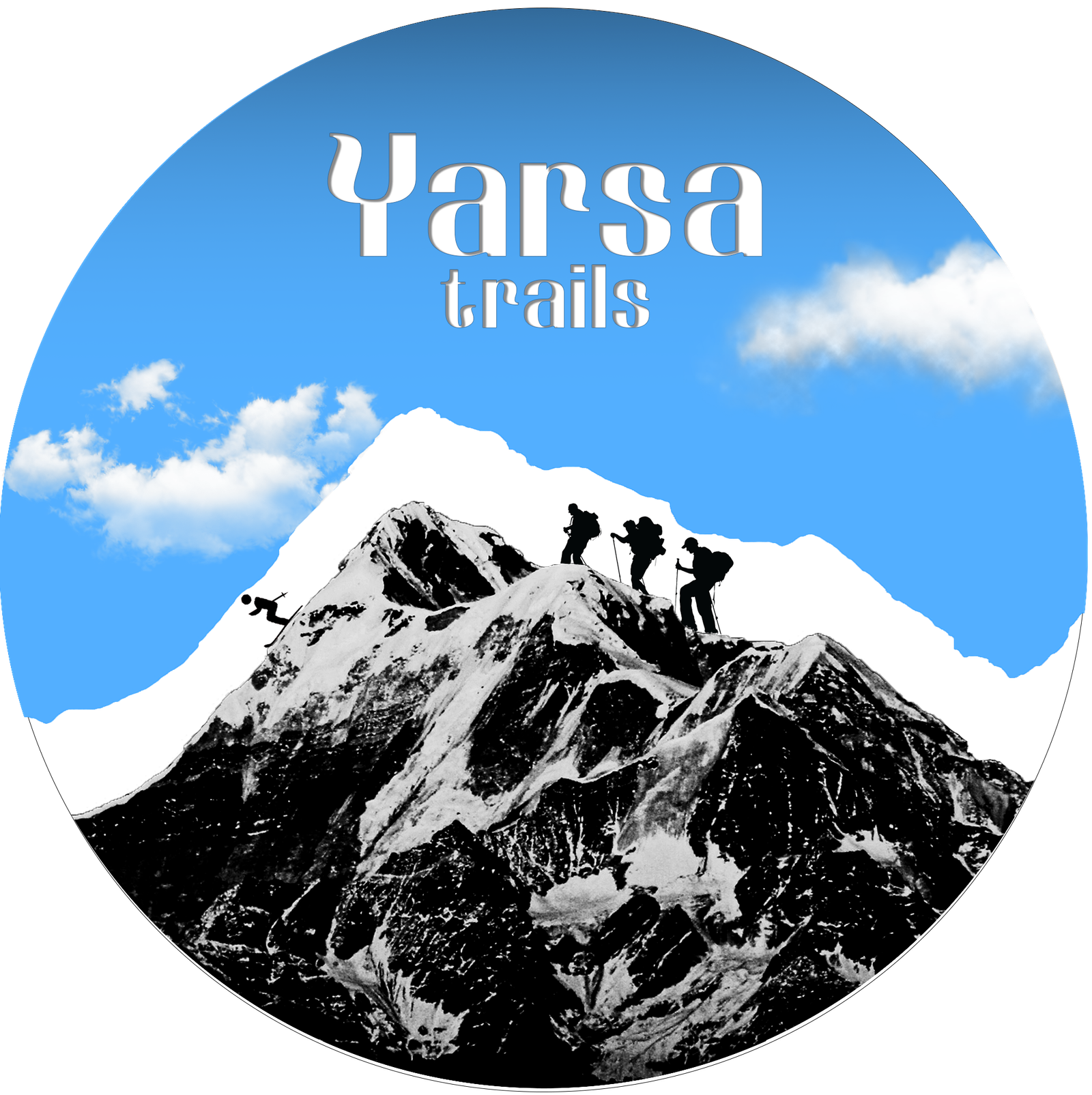Trekking in the Himalayas is an adventure like no other, especially for first-time trekkers. The towering peaks, changing weather, and challenging trails can be both exciting and daunting. To make sure your first trek is safe and enjoyable, here are some practical tips to help you prepare.
1. Pick a Trek That Suits Your Experience
If it’s your first time trekking, start with a route that matches your fitness and experience level. Some trails are gentle and great for beginners, while others demand more stamina and endurance.
- Good Treks for Starters: Consider treks like Nag Tibba, Kedarkantha, or Valley of Flowers. They’re relatively short and don’t go too high, making them ideal for first-timers.
- Tip: Check the trek details, including altitude, difficulty, and length. Avoid long, steep climbs until you get more experience.
2. Get Fit Before You Go
Fitness plays a huge role in how much you enjoy your trek. Start a fitness routine at least a month before your trek to build your endurance and strength.
- Cardio is Key: Running, brisk walking, cycling, or swimming can boost your stamina. Aim for at least 30 minutes of cardio exercise four to five times a week.
- Strength Matters: Focus on your legs and core with exercises like squats, lunges, and planks. These will help you handle the uneven trails.
- Practice Hiking: If you can, do a few hikes with your backpack on different terrains. It’ll help you get used to walking with a load.
3. Pack Smart, Pack Light
What you carry can make a huge difference. Overpacking can weigh you down, while underpacking can leave you unprepared for sudden weather changes.
- Clothing: Layering is key. Bring moisture-wicking base layers, an insulating jacket, and a waterproof outer layer. Extra socks, a hat, and gloves are essentials too.
- Footwear: A sturdy pair of trekking boots is a must. Make sure they’re well broken in before your trek to avoid blisters.
- Gear: Pack a good-quality backpack (30-40 liters), a first-aid kit, water bottles, snacks, and a headlamp with extra batteries.
4. Acclimatize to Avoid Altitude Sickness
Altitude sickness can affect anyone, regardless of fitness. Taking it slow and letting your body adjust is crucial.
- Ascend Gradually: Try not to climb more than 300-500 meters a day once you’re above 3,000 meters.
- Stay Hydrated: Drink plenty of water, and avoid alcohol and caffeine. They can make dehydration worse at high altitudes.
- Know the Signs: Headaches, dizziness, and nausea are early symptoms of altitude sickness. If you feel worse, descend immediately.
5. Dress in Layers
The weather in the mountains can be unpredictable. Dressing in layers allows you to add or remove clothing as conditions change.
- Base Layer: Wicks sweat away from your skin, keeping you dry.
- Mid Layer: Keeps you warm. Fleece or down jackets work well.
- Outer Layer: Protects against wind and rain. A waterproof jacket is a must.
6. Eat Well and Keep Hydrated
Trekking burns a lot of energy, so it’s important to eat well and keep hydrated throughout the day.
- Stay Hydrated: Carry a reusable water bottle and drink regularly. Add electrolyte tablets if you can; they help with hydration and energy levels.
- Snacks: High-energy snacks like nuts, dried fruit, and energy bars can keep you going when you need a quick boost.
7. Be Respectful of the Environment
The beauty of the Himalayas comes with a responsibility to preserve it. Respect the trails, local communities, and wildlife.
- Carry Your Trash: Bring back everything you take in, including wrappers and plastic bottles.
- Stay on the Path: Stick to marked trails to avoid damaging the delicate ecosystem.
- Respect Local Culture: Always be courteous to the local people, and ask before taking photos.
8. Consider Hiring a Guide or Joining a Group
If you’re not confident about trekking alone, consider hiring a guide or joining a group. They can provide support and enhance your trekking experience.
- Guides Know the Terrain: They’re familiar with the routes, weather changes, and emergency procedures.
- Groups Offer Support: Trekking with others can be motivating and a great way to share the experience.
9. Be Prepared for Emergencies
Trekking comes with risks, so it’s important to be prepared for any situation.
- First Aid: Carry a basic kit with essentials like bandages, antiseptics, and painkillers. Include altitude sickness medication if you’re going above 3,000 meters.
- Emergency Contacts: Have a list of emergency contacts, and know the location of the nearest medical facilities.
10. Enjoy the Journey
Most importantly, enjoy your time in the mountains. Don’t rush; take breaks, enjoy the views, and soak in the experience. Trekking is about finding your pace and enjoying the incredible beauty around you.
Your first Himalayan trek is bound to be memorable, but being well-prepared is the key to making it a positive experience. With the right planning, fitness, and mindset, you’ll not only conquer the trails but also create memories that last a lifetime. Get ready, gear up, and let the adventure begin!
